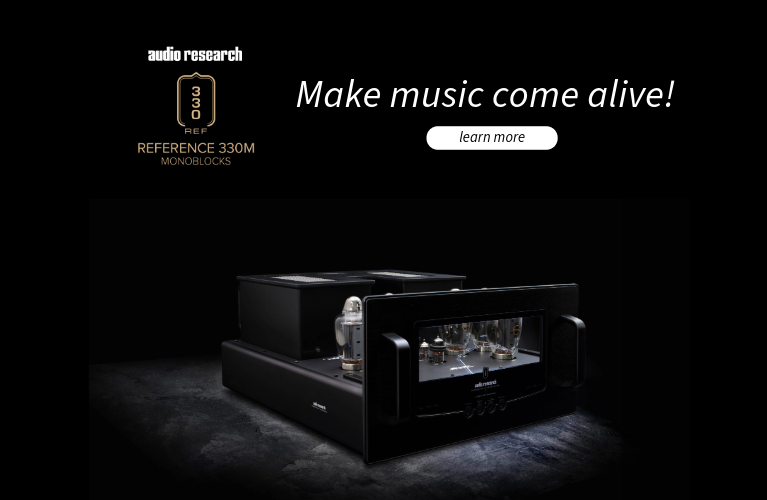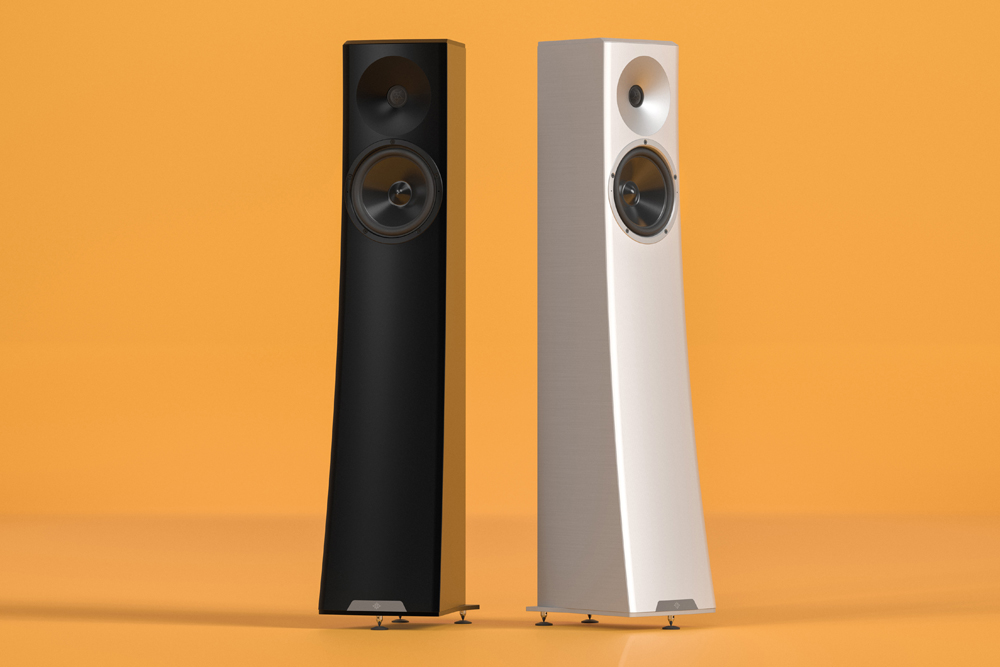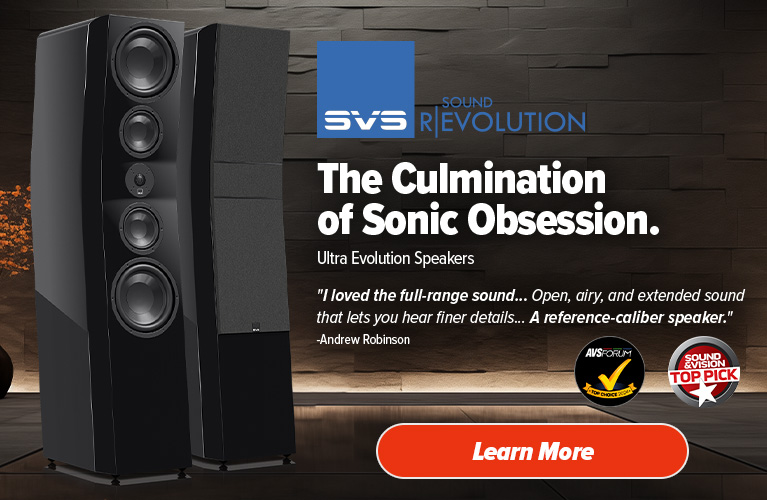Colorado, USA, is renowned for its natural beauty, rich in snow-blanketed fractured peaks rising above densely wooded mountainsides. From a human standpoint, it’s also known for an abundant community of artisans where a sub-group of craftspeople forge immaculately-machined metalwork for equally talented, entrepreneurial engineers from varied industries, audio being one. Enter YG Acoustics. The company’s flagship Reference series loudspeakers are starkly styled, yet, to these writer’s eyes, each model fuses simplicity and elegance with engineering intricacies which reflect the company’s expertise in acoustic design. In for review here is Carmel 3 which, despite being the entry point into the Reference series, incorporates YG Acoustics’ most advanced technologies trickled down from the Sonja flagship.
Not So Heavy Metal
The Carmel 3 speakers arrived in a large wooden crate, its lid fastened by long screws with a seldom seen star-shaped head. By chance, a long-owned, hardly-used screwdriver set in my trusty tool kit included this exact shape and size… Phew! As far as handling, having both units in the same crate made for a near-100 kg load which needed lifting upright onto a side panel in order to remove the speakers. Check out our recent Insta reel (instagram.com/soundstageaustralia/).
Once out of the crate, moving each Carmel into the listening studio was an easy 39 kg lift and trolley roll. At first sight, the Carmel 3 presented beautifully, especially when looked at from an angle where its curves were accentuated. Its finely crafted aluminium, in black for the review sample, showed off the high machining quality and excellent joint tolerances. The speakers’ base fans out towards the rear, providing a wider platform and steadier footing. Carmel 3 is supplied with high quality spikes and nicely machined floor-protecting pucks, all housed in a metal roadcase. Provided in the kit were a fine polishing cloth, an Allen key for driver bolt fastening, and a set of upmarket Cardas jumpers for the bi-wiring/bi-amping WBT loudspeaker terminals.
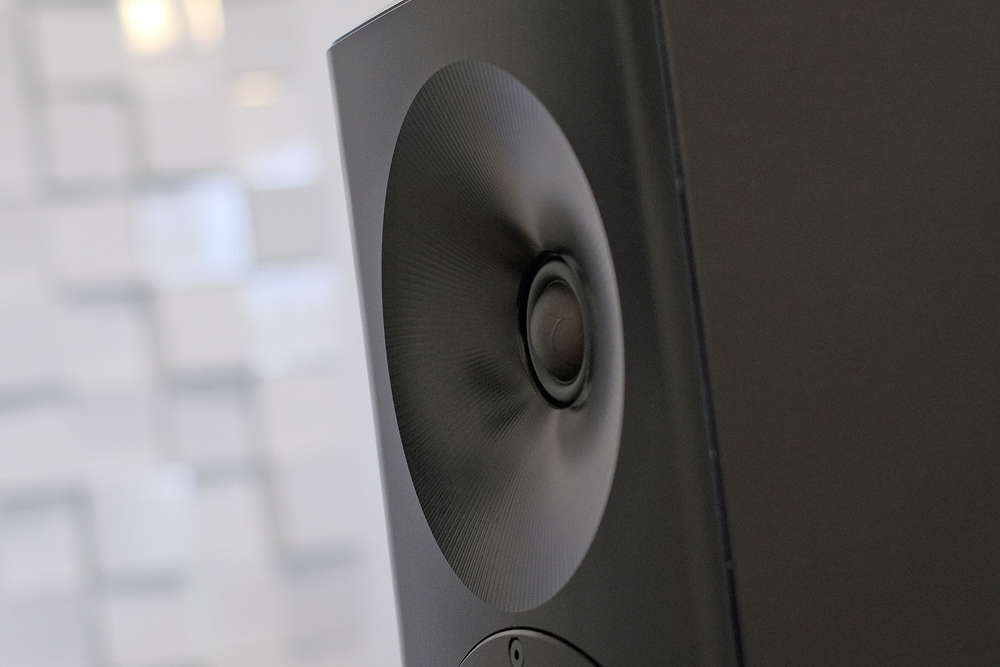
YG Acoustics is one of the few companies which designs and manufactures key components for its own drivers. The company’s expertise in metal fabrication allows refined machining of diaphragm and basket construction. So, the Carmel 3’s high frequency reproduction is handled by a 25 mm ‘Lattice hybrid’ tweeter which features a bespoke, machined in-house, advanced airframe constructed from a “specially-selected” aerospace alloy. The super-light ‘Lattice Hybrid’ frame is coupled to the voice coil. The driver is said to be a very low distortion, wide bandwidth unit with a “wide angular” dispersion pattern in order to provide excellent on-axis/off-axis response. The tweeter is mounted at the throat of a large, machined flare/waveguide which is designed to provide said wide dispersion in addition to improved efficiency.
Midrange and bass duties are handled by a 185 mm BilletCore mid-bass driver. As the name suggests, the BilletCore driver is machined from a solid billet in-house (both the cone and key driver components) while incorporating “advanced motors” for its neodymium magnet system. The company claims the BilletCore mid-bass driver is one of the lowest distortion transducers in the industry. In the Carmel 3 application, the driver handles both the midrange and low frequencies in a sealed box design.
YG Acoustics’ ‘Ultracoherent’ crossover blends the drivers at a point set at 1.75 kHz and the design’s phase alignment is a super-tight +/- 5 degrees (between 700 Hz to 3.3 kHz and output within 25dB). The crossover network has been “Optimized for frequency response, phase alignment, phase slope and transient response”. All of these are aspects confirming the network designer’s engineering talent. YG Acoustics has employed custom-designed pure metal foil and silver/gold alloy capacitors, “multiple” copper manganin foil resistors and “advanced” resonance-damped, OFC copper inductors. The crossover network circuit sits on an anti-resonance, low dielectric, “constant and dissipation factor” PCB which has been optimally laid-out for low component interaction via computer modelling.
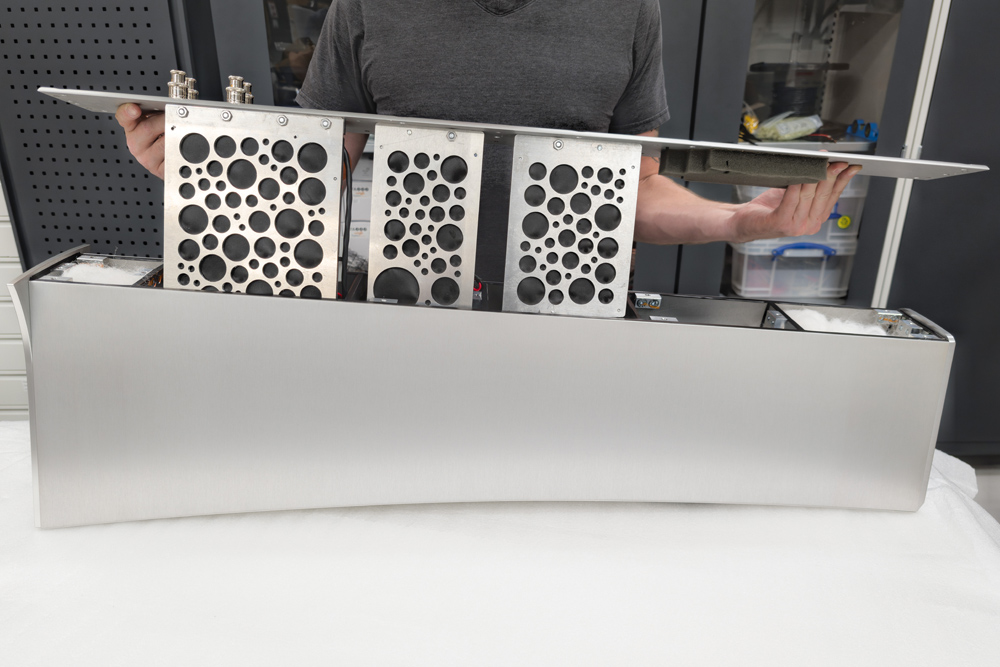
YG Acoustics specifies the Carmel 3’s frequency response as spanning between 32 Hz to 40 kHz in a “usable output” range (no parameters quoted) with exceptionally low distortion. The company also states pair matching is excellent. The sensitivity is quoted as 87dB while impedance is 6 ohms average and 3.2 ohms minimum (no frequency given). The relatively small floorstander weighs in at 39kg each and measures 103 cm high by 23 cm wide by 31 cm deep (41 inches height, 9 inches width and 13 inches deep).
I interviewed YG Acoustics’ CEO and chief designer Dr Matthew Webster for our SoundStage! ‘Talks’ series (episode linked here) in order to get further insights into the company’s philosophies. In light of my listening experiences with Carmel 3, I was keen to learn more about the ‘Lattice Tweeter’ design (the video goes a lot deeper and also covers the other driver, the crossover, cabinet design and more):
Probably the biggest innovation we’ve had in our Reference 3 range is the ‘Lattice’ tweeter. Our aims were to push the break-up modes even further up the frequency spectrum, so we have an extended frequency response. Very importantly, we wanted a very smooth phase response… then we wanted to control the dispersion of the tweeter. As the frequency goes higher and higher, it’s an inevitable consequence of physics that you end up beaming the frequency over a tighter and tighter range.
With the combination of the Lattice frame and the shape of the waveguide around the tweeter, we wanted to fight against the limitations of physics to see if we could keep the tweeter response even over a wider angular range. The Lattice is machined in-house, it weighs a tiny, tiny amount and it’s attached to the voice coil behind the fabric dome.
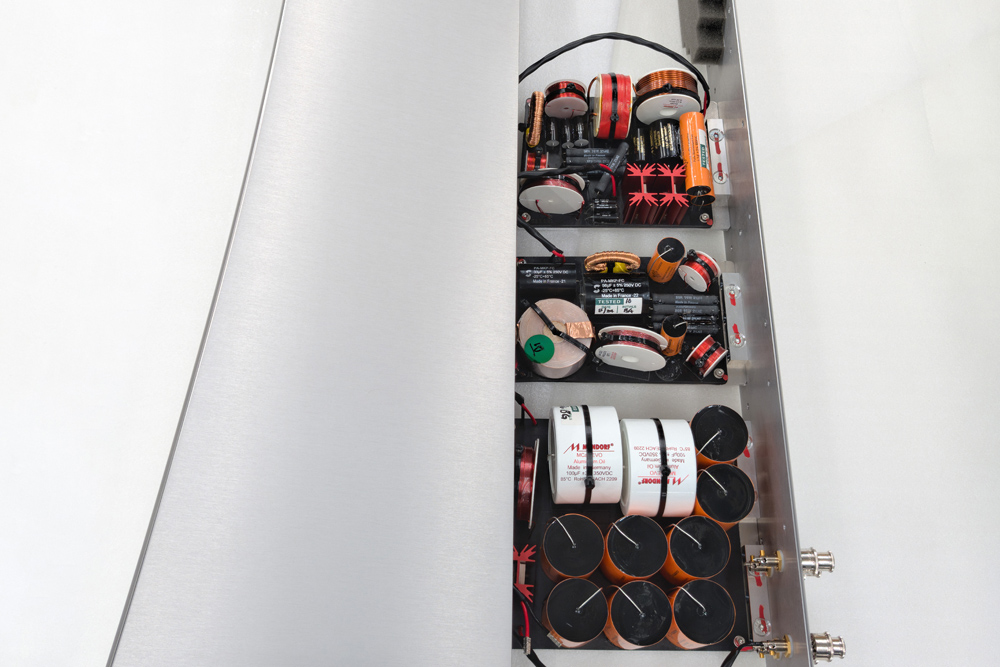
Carmel 3 is not just attractive, it shows-off a high level of finish across the aluminium surfaces, while the cabinet panels’ rigidity is super solid. I appreciated the baffle and rear panel’s slightly curved side joints (even with its numerous fasteners in plain sight) and the subtle, chiselled angles on the top panel. The baffle gently slopes downwards towards the wider base which looks attractive and also provides a longer footprint for welcomed stability. While some images show a three spike configuration (one at the front and two at the rear), my review samples were provided with a four spike system, pointing to a revision in the manufacturing of Carmel 3’s floor coupling scheme.
Infinitely Baffled
Being a sealed enclosure design, Carmel 3s can be positioned relatively close to the front wall without compromising low frequency performance, up to a point of course. Having said that, I prefer a bit of space behind the speakers, something I find often correlates with excellent stage depth. However, I experimented with speaker positioning for a bit until I found a location which provided excellent bass and spatial information.
I’ve owned a couple of sealed box loudspeakers and have also reviewed quite a few. There’s something right-sounding about a well-designed sealed enclosure which equates to very accurate, nimble and detailed low frequencies. That’s not to say that reflex-loaded designs aren’t capable of those things, it’s just that, in my opinion, they require an extra layer of rigorous engineering and astute voicing/fine-tuning to achieve that (ergo my own Wilson Audio Alexia V’s excellent bass performance). Often, the trade-off for more extension in a smaller cabinet is a somewhat less transient-sharp bass range. Of course, I’m speaking in general terms, not in absolutes.
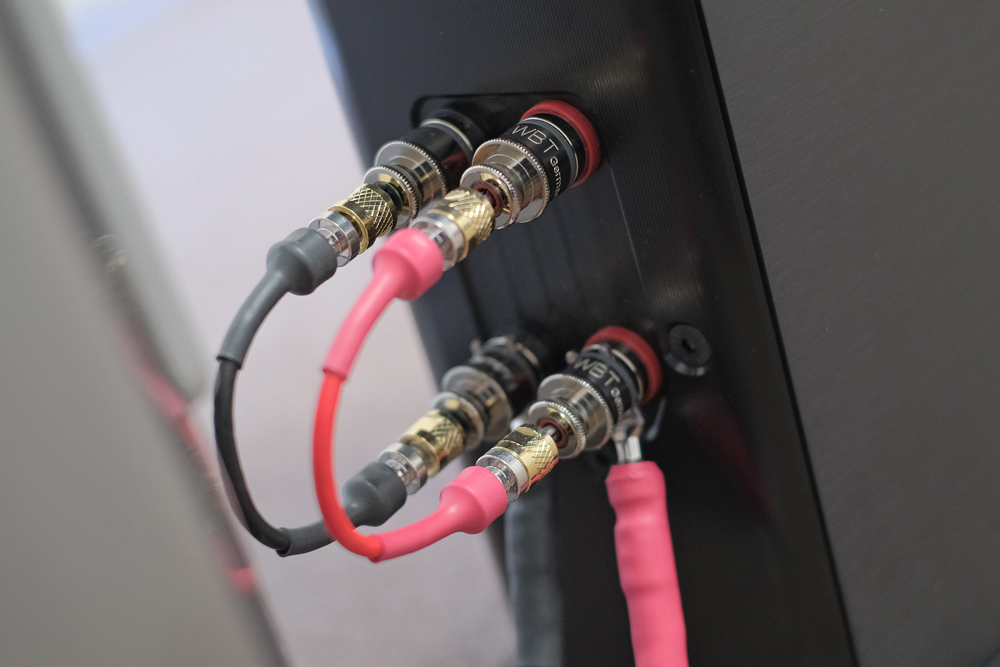
Given my high regard for good sealed enclosure design, I started off spinning and streaming some of my bass reference tracks. The Chick Corea, Christian McBride and Brian Blade collab on Trilogy 2 showed McBride’s acoustic bass virtuosity. Carmel 3 may be a small standmount, but it packed a satisfying-enough punch, especially through the lower registers (by nature, due to a slow low frequency roll-off). That also worked for Corea’s lower piano registers and Blade’s deeper kick hits (more on that later).
Brian Bromberg’s cover of The Beatles’ “Come Together” from his Wood album showed the superb control over the low frequencies of the Gryphon Audio Antileon EVO and Carmel 3 combination. I heard so much detail in finger and string snaps, such sharp transient attack on leading note plucks, that I became transfixed and totally engaged in the music. It may have been both the shortest track (the musical enjoyment defied time) and the longest track (a ‘lost time’ experience).
OK, let’s not forget something: The laws of physics. Yes, Carmel 3 is a relatively small floorstander. Yes, it’s a sealed box, which in my experience owning such designs, means good low extension (due to a slow roll-off) with a corresponding size-dependent lightness through the upper-to-mid-bass. Yes, that was the case here too, but to a lesser degree than, for example, a 1990s Duntech Audio speaker I owned. Physics or not, what Carmel 3 does in light of these ‘laws’ is outstanding.
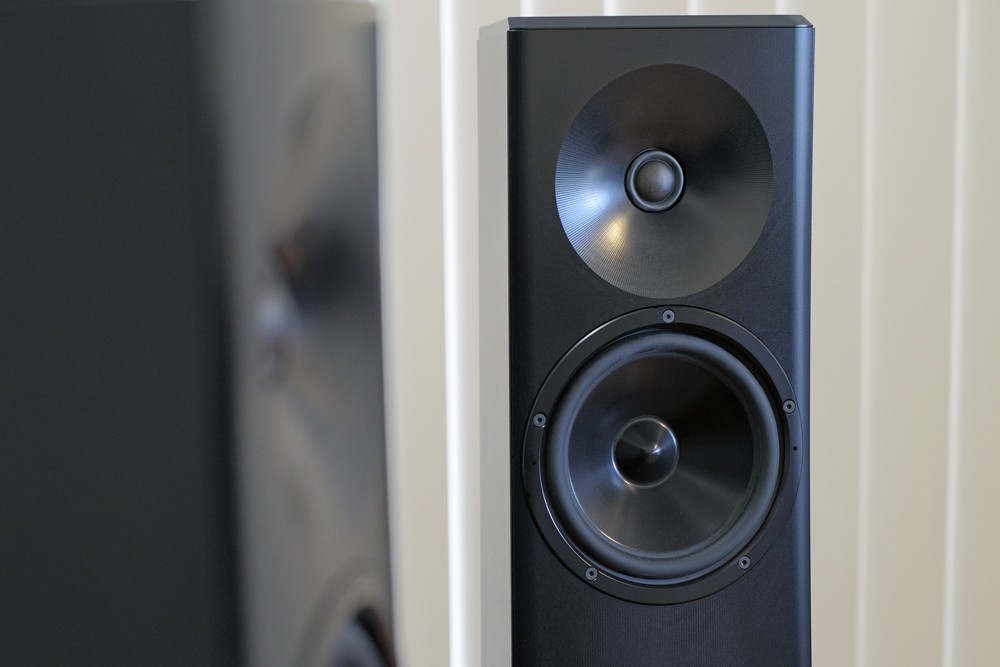
Further listening exhibited Carmel 3’s greatest super-powers. These little 2-way wonders presented one of the most vivid, lifelike, and present mids and highs I’ve heard in my room. Really, at super-speaker level. Yes, quite obviously, larger designs will scale further, may be spatially more complete and may be somewhat more dynamic through the entire bandwidth, as you’d expect, but you’d be surprised how Carmel 3 can bring-it-on to the big boys in terms of midrange immediacy, detail and resolution. And those “big boys” have sheer physical stature and more significant driver size/count as obvious advantages.
Carmel 3 is no timid introvert. Yet, she’s also not a bombastically uncouth rebel rouser. Through the most important frequency response portion of the midrange and treble, there’s a radiance of extraordinary detail and scalpel-sharp resolution combined with refinement and resistance to brightness. The former presents every nuance the recording has captured while the latter resolves complex, multi-instrument and vocal density to extraordinary levels without disrupting the music flow.
On Tash Sultana’s “Seed (Intro)” from her Flow State (Deluxe) album, Sultana’s voice was almost a visual phenomenon… an apparition. That level of realism through the mids exposed terrific resolution, allowing her dexterous guitar and effects pedal creations to be easily discerned in tandem with the vocals. In addition, the tight transducer tolerances, the proximity of tweeter and mid-bass drivers and the narrow baffle contribute to a superbly focused and precise imaging. Totally locked. Plus, for what’s actually a small floorstander, Carmel 3 threw a large spatial soundfield of ample dimensionality and openness which stretched out across width, height and depth.
The same verisimilitude was evident in “Black Hole Sun” from the man-and-guitar solo live acoustic album Songbook by so sadly missed Chris Cornell. Again, an apparition. The man’s voice tone and singing prowess is unrivalled and via Carmel 3, Cornell’s range is reproduced with lucid clarity, every inflection, every oscillation, and every word superbly resolved and exposed. The guitar flexes its dynamics while the steel in the strings and fingernail plucks are both exposed precisely as part of the overall musical experience.
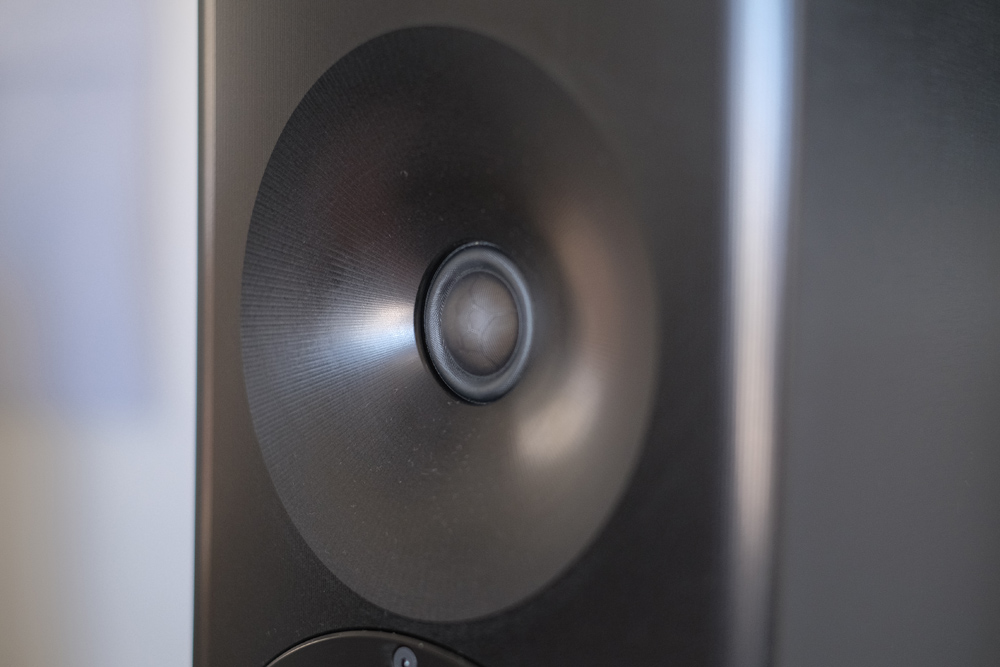
I have to hand it to YG Acoustics’ engineers… they have produced a truly exceptional tweeter. It’s an incisive driver which will not conceal or mask poor recordings but will reward tenfold with good ones – yeah, don’t shoot the messenger.
Accordingly, this high frequency transducer sounded superbly realistic when reproducing bells and cymbals. Never harsh, never too forward, but just up-front enough to expose all of a recording’s nuance and detail while sounding extended and airy. Herlin Riley’s hi-hat and cymbal hits on “Firefly” from Ahmad Jamal’s Saturday Morning album were as in-the-room as I’ve heard in this room. Plus, there was very satisfying punch to the drum kit in general, something that propelled the music along with toe-tapping, fun enthusiasm. Jamal’s piano showed excellent tone fidelity, transient attack, presence, and dynamic expression.
While large orchestral works were superbly enjoyable – ergo Boris Belkins’ stunning violin skills on Decca’s Tchaikovsky and Shostakovich Violin Concertos – Carmel 3 impressed even more with intimate chamber music. The piano intro on the title track of Piazzola: Adios Nonino album bowled me over with its power and raw emotion. Then, when the bandoneon and percussion come in, the spectrum of sentiment is completed. Carmel 3 shone. It’s a speaker with an unadulterated communication ability which can simultaneously dazzle and truly engage… I was spellbound.
Conclusion
I spent several weeks with the Carmel 3 speakers, and I must emphasise that, throughout that time, the abundance of enjoyment was… unrestrictedly consistent. Without exception, every listening session was a delightful exercise in engagement. At times, even discovery.
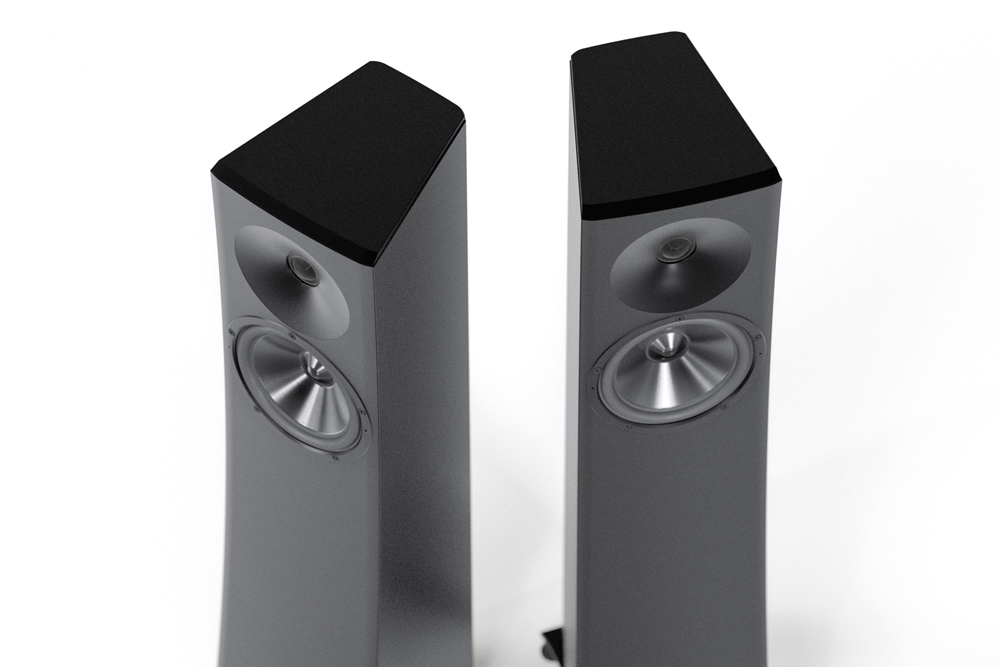
Carmel 3 may be a small floorstander, yet it’s capable of captivating near-full range sound that belies its dimensions. In a small to mid-sized room, Carmel 3 bestows trinkets of musical pleasure to satisfy the most demanding music lover. In larger rooms, you could venture upwards in the YG Acoustics’ hierarchy. Or add a capable subwoofer (Basis in the Reference series and Descent in the Peak series).
In a copacetic audio system context, you’ll be overdosing with soul-healing meditative exhilaration. Trust me. Ah… Om.
… Edgar Kramer
This email address is being protected from spambots. You need JavaScript enabled to view it.
Associated Equipment
- Speakers — Wilson Audio Alexia V, Axis Loudspeakers VoiceBox S (nearfield monitor), Vermouth Audio Little Luccas Mk.II, Atacama stands
- Amplifier — Gryphon Audio Antileon EVO
- Preamplifier — Supratek Cortese, Totaldac d1-triunity (periodically, direct to amplifier)
- Sources — Digital: 432 EVO Aeon Mk.3 Reference Music Server/Roon Core, Yamaha CD-S2100 transport, Totaldac d1-triunity DAC. Analogue: Transrotor Crescendo with Konstant Studio controller, Reed 1X Tonearm with upgraded internal wiring, Shelter Harmony cartridge, The Funk Firm Houdini cartridge decoupler, Supratek Cortese & REDGUM Audio RGPH2 phono stages
- Processor — DEQX PreMate (part of arsenal/casual use)
- Cables — VYDA Laboratories Orion Silver Reference HFC IC and speaker cables, PSC Audio custom design XLR, Vermouth Audio Reference loom,Tubulus Concentus USB
- Audio Rack — SGR Audio Statement Model V, Aspire Audio Belgravia amplifier platform (customised for Gryphon Audio Antileon EVO), Stereotech Aluminar Dark 3-tier rack
- Acoustic Treatment — Vicoustic Multifuser Wood, Wavewood Ultra, Cinema Round Premium and Super Bass Extreme
- Miscellaneous — Silent Angel Bonn N8 Pro network switch, GigaWatt PF-1 EVO power strip, Les Davis Audio Viscoelastic CLD discs, Voodoo Cable Iso-Pods, Bocchino Audio Mecado, VRC Vinyl Record Cleaning system plus miscellaneous accessories
YG Acoustics Carmel 3 Loudspeakers
Price: AU$52,000
Australian Warranty: TBA
Australian Distributor: Absolute Hi End
+61 488 777 999
www.absolutehiend.com
YG Acoustics
4941 Allison St #9
Arvada, CO 80002
USA
+1 (303) 420 9120
www.monitoraudio.com


